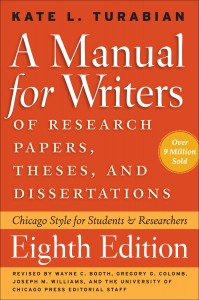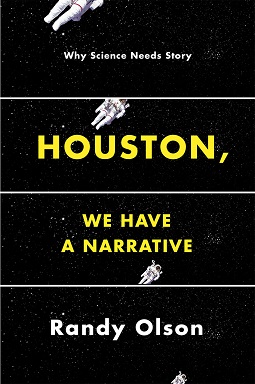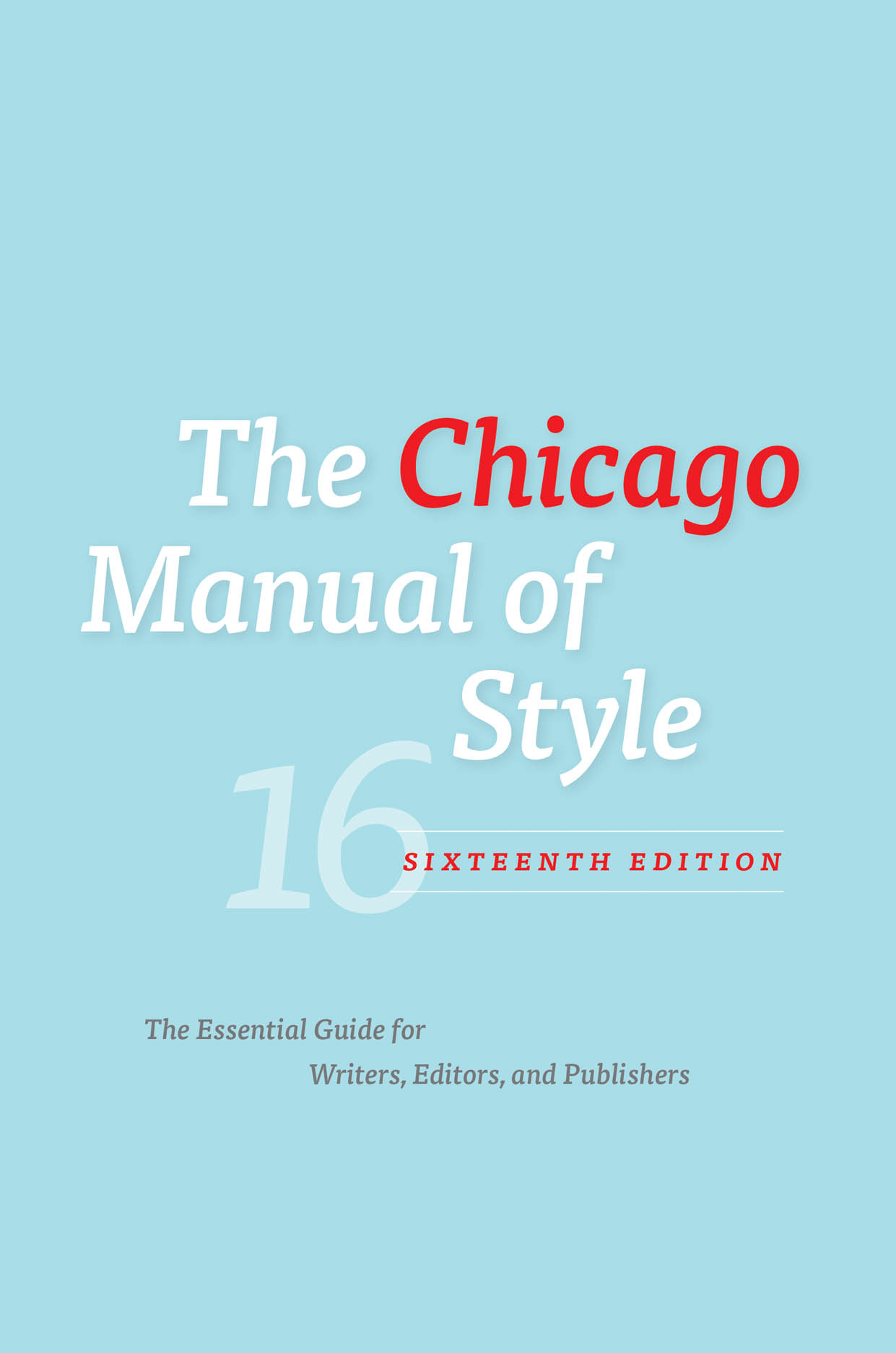new posts in all blogs
Viewing: Blog Posts Tagged with: Reference and Writing, Most Recent at Top [Help]
Results 1 - 4 of 4
How to use this Page
You are viewing the most recent posts tagged with the words: Reference and Writing in the JacketFlap blog reader. What is a tag? Think of a tag as a keyword or category label. Tags can both help you find posts on JacketFlap.com as well as provide an easy way for you to "remember" and classify posts for later recall. Try adding a tag yourself by clicking "Add a tag" below a post's header. Scroll down through the list of Recent Posts in the left column and click on a post title that sounds interesting. You can view all posts from a specific blog by clicking the Blog name in the right column, or you can click a 'More Posts from this Blog' link in any individual post.

From Time‘s slightly soiled (c/o a surprise appearance by Evelyn Waugh) list of the 100 Most-Read Female Writers on College Campuses:
Toni Morrison and Jane Austen are among the most-read female writers on college campuses, a new TIME analysis found.
First place on the list—which is based on 1.1 million college syllabi collected by the Open Syllabus Project—goes to Kate L. Turabian for her Manual for Writers of Research Papers, Theses, and Dissertations, assigned in 3,998 classrooms over the last 15 years.
Though much coverage of Time‘s list skewed toward questioning how Waugh’s inclusion made it so far along in the editing process (he clocked in at number 97), some blogs did point out that Turabian, while securing the top spot based on her gender affiliation at #17 overall, was still surpassed by 16 male-identified writers on a general ranking of syllabi (with Shakespeare, Plato, and Freud finishing near the top), rather unfortunately (and sadly, not all that surprisingly) leaving woman-identified writers completely out of the top ten.
Read more about all things Turabian here.
Read Time’s list in full here.

In Houston, We Have a Narrative, consummate storyteller—and Hollywood screenwriter and former scientist and communications expert—Randy Olson, conveys his no-nonsense, results-oriented approach to writing about science, the stuff of some of our greatest plots. On December 1, 2015, at 2PM, Olson will be leading an hour-long, online seminar for the AAAS (the American Association for the Advancement of Science, the world’s largest general scientific society). In addition to conveying the fascinating journey of how he left a tenured professorship in marine biology to write for the movies, Olson will let you know why—and, but, therefore—how.
From the AAAS’s description:
He had a single goal — the search for something that might improve the communication of science. He found it in a narrative template he crafted and labeled as “The ABT.” The ABT is adapted from the co-creators of the Emmy and Peabody award-winning animated series, South Park. In a 2011 documentary about the show, they talked about their “Rule of Replacing” which they use for editing scripts. Their rule involves replacing the word “and” with “but” or “therefore.” From this Olson devised his “And, But, Therefore” template (the ABT). This has become the central tool for his new book, “Houston, We Have A Narrative,” his work with individual scientists, and his Story Circles Narrative Training program he has been developing over the past year with NIH and USDA. In this webinar, co-sponsored by the Society for Conservation Biology and the American Geophysical Union/AGU’s Sharing Science program, he will present what he has termed “The ABT Framework” which refers to “the ABT way of thinking.”
You can sign up for the webinar (12/1 at 2PM, EST) here.
To read more about Houston, We Have a Narrative, click here.

Coinciding with the celebration of Cinco de Mayo and for a very limited time, the good folks behind the University of Chicago Spanish–English Dictionary (Sixth Edition) app have dropped the price to $0.99 (usually $4.99). You can a basic screenshot of the app’s functionality above—from breezing through recent reviews, it seems like the app’s ability to generate words lists, along with its word-by-word notetaking feature, has proven especially popular.
From the App Store description:
The Spanish–English Dictionary app is a precise and practical bilingual application for iPhone® and iPod touch® based on the sixth edition of The University of Chicago Spanish–English Dictionary. Browse or search the full contents to display all instances of a term for fuller understanding of how it is used in both languages. Build your vocabulary by creating Word Lists and testing yourself on terms you need to master with flash cards and multiple choice quizzes. Whether you are preparing for next week’s class or upcoming international travel, this app is the essential on-the-go reference.
You can watch a demo of the app here:
The app is, of course, a companion to the (physical book) sixth edition of the University of Chicago Spanish–English Dictionary, praised by Library Journal as, “comprehensive in scope, but simple enough to use for even the most tongue-tied linguist.” Limited time means limited time, so if you’re looking for an “an important contribution to update the traditional dictionary to the new digital era,” visit the App Store today.
The new 16th edition of the Chicago Manual of Style has once again assured that Chicago is at the forefront of the publishing world, our advice and instructions fully up to date with the latest publishing practices—and sometimes even beyond, as this question posed to the the all-seeing, all-knowing CMOS Q&A demonstrates:
Q. Dear Chicago Manual of Style,
If, by using a time machine to go back in time, I've inadvertently changed the future, is there a way to make that clear with my verb tenses when I write my note of apology to the universe? For example, how do I refer to an event that happened in the recent past (Mars mission, Cubs' world championship), but, because I messed up the time stream in the more distant past, now didn't happen and won't ever happen? (This is purely hypothetical: I would never jeopardize all of history merely to save myself from a particularly unfortunate high school haircut.)
A. As it happens, because this question is so frequently asked, CMOS is currently developing the "temporal transitive" for the 17th edition of the Manual. In consultation with the linguists and physicists of the Chicago Hyper Tense Committee, led by Bryan Garner, our goal is to launch the conjugation by spring 2016. But take heart: according to the schedule, by the year 2016 the committee should have mastered the time-travel techniques necessary for their research, allowing them to travel back to 2010 and publish their results in advance of their happening. We should hear any day now, so please check back for updates.

Such forward thinking won't surprise anyone who reads the Observatory blog of the Design Observer: on Monday, Michael Erard, after spending time with the new edition, wrote, "If you were to send the 16th edition back to 2003, when the 15th edition came out, it would read like science fiction." The evidence?
Here's a taste. The words "electronic," "software," "technologies," "computing" and "website" all appear in the preface of the 16th, but the word "book" doesn't appear until the title of the first chapter, "Books and Journals," whose first section is titled "The parts of a book." (By contrast, the word "book" appears almost immediately in the 15th, on the sixth line of the preface.) Inside, there are 9 pages on electronic editing and only 3.5 for editing on paper. Words like "web," "electronic," "DOI," "metadata" and "digital" appear many more times in the 16th. And you simply couldn't predict from the 15th that you'd be talking about things that the 16th talks about. The glossary is a fascinating hybrid list, with words like "burst binding" and "castoff" next to "DRM" and "PNG." And there were no descriptions of any other intellectual property protections besides traditional copyright; now there are meaty paragraphs on the National Institute of Health's Public Access Policy, Creative Commons and other open source models. XML markup is presented as the most flexible, "most promising" means to deliver content in multiple formats, which is why there's an unapologetic appendix devoted to markup, mainly to XML.
At the same time, traditionalists need not worry: Chicago's commitment to the book, in whatever form it may take, remains strong—as does our commitment to giving writers, editors, and publishers reliable, authoritative advice on any aspect of working with words. As time travelers from Rip Van Winkle to Marty McFly could tell you, it's a different world in the future—but with the
Manual by your side, you'll never be at a los






